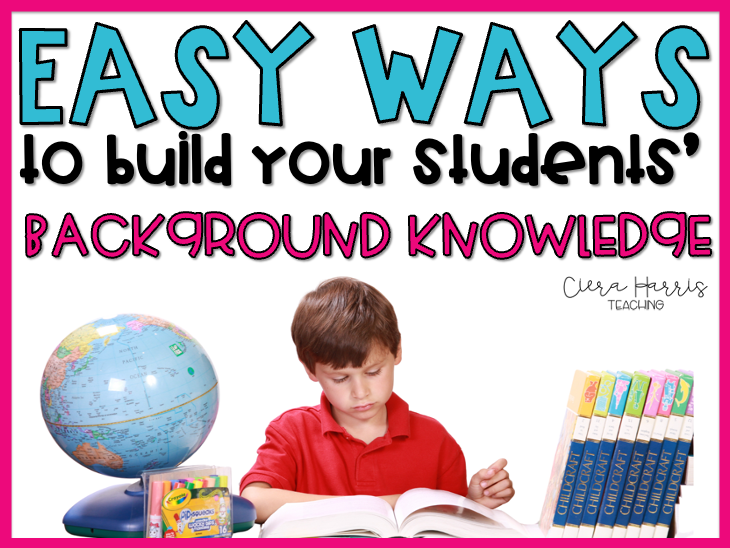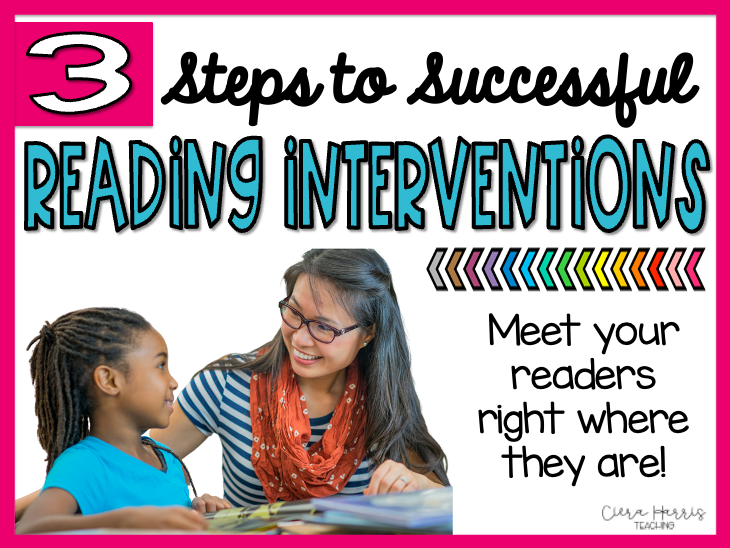Teaching reading skills and strategies takes a lot of work. The best way to allow students to see these skills in action is through strong mentor texts. I’ve gathered together my favorite nonfiction books to help teach reading skills and am excited to share them with you! All of the nonfiction books are paired with a reading skill that the book is perfect for teaching! Let’s take a look!

(This post contains Amazon affiliate links. This means that Amazon sends me a little pocket change, at no cost to you, if you purchase through on of these links. This helps keep my site running and funds giveaways for you!)
Nonfiction Book #1: One Plastic Bag
This beautifully illustrated text is perfect for teaching nonfiction problem and solution! The text is actually a literary nonfiction text based on the real life Isatou Ceesay and her recycling efforts in Gambia. Through the text the readers will find a very obvious problem that occurs. And what’s great about this text for teaching problem and solution is that there are many steps that occur throughout the text in order for the problem to be solved. So it’s more about the process in the solution than the final solution that occurs.
The other piece I love about this text is that you can guide students to understanding how problems can have different effects on the characters or environment in the story. It helps students to understand WHY the problem is actually a problem. When my students and I use this book, we quickly identify the problem but spend more time analyzing the effects the problem had and the steps that were taken to find a solution to the problem. Click HERE to grab it on Amazon!
Nonfiction Book #2: Biggest, Strongest, Fastest 
This nonfiction book is perfect for teaching summarizing! First of all, the title gives tons of support to how to structure the summary of the book. This helps to teach students that in nonfiction, we can use important text features, such a titles and headings, to help summarize what the text was about.
Another great thing about this text is that on each page there are two sections of text. The first is a very simple fact about the animal/creature on the pages and then somewhere else on the page is more detailed information elaborating on that fact. This is helpful for students to see the difference in how the main fact is the most important piece to take away but the author also gives us more information if we want it. So when we go to summarize, we can show students how to ‘find’ that one important fact to use in their summary. Click HERE to grab it on Amazon!
 Nonfiction Book #3: What Happens to a Hamburger
Nonfiction Book #3: What Happens to a Hamburger
This title is perfect for teaching cause and effect! Cause and effect examples are evident on every single page in the text! (It’s also good for sequencing too!) There aren’t many cause and effect ‘key words’ in the text so students have to truly be able to understand the relationship between the two events and facts to see that cause and effect connection.
We can see cause and effect examples that are side by side, meaning there are immediate effects as well as causes and effects that are related to other effects later in the text. So students can see more advanced relationships as well as singular examples as well! Click HERE to grab it on Amazon!
Nonfiction Book #4: Milk: From Cow to Carton 
This nonfiction book is perfect for teaching sequential structure. It’s very obvious that this book should be used to teach that skill, but for a small book, there’s quite a bit of text to use to teach this skill! And because there’s so much text you can use the entire book OR you can stop and focus on one page and work on sequencing the information on just ONE page in the story (example: how milk is processed). Click HERE to grab it on Amazon!
Want to snag all of these graphic organizers for free? Just enter your email below and they are yours!

Nonfiction Book #5: National Parks of the U.S.A. 
This book is probably unlike any other you’ll find in your nonfiction collection as it’s not a book students will read cover to cover. However, it is a MUST have in every classroom library. It has absolutely beautiful illustrations all throughout and is such a unique text to experience. This book is PERFECT for teaching descriptive writing and text structure. The book describes the different national parks using such vivid language that students really get the chance to dissect a text and understand how authors can write to inform and describe something to their readers.
With this book, my students and I would spend time reading small sections and analyzing them for descriptive words and phrases and understand how and why the author used them. A simple way to do this is to have students fill in a simple graphic organizer. We place the park in the middle and then find the four strongest sections of the text that show descriptive language to analyze. Click HERE to grab it on Amazon!
 Nonfiction Book #6: Guess Who’s in the Egg?
Nonfiction Book #6: Guess Who’s in the Egg?
This is a perfect book for teaching making inferences! Even though it’s more primary, it’s perfect for any grade levels to understand what the pieces of inferences are (text, schema, and inference). There is a bunch of text evidence in the text that’s not confusing that students can use to help make their inference about what’s inside the egg. Many time students make inferences but can’t find the correct text evidence to support the inference. This text helps to show the connection between the two.
I also love this book because the inferences are confirmed on the next page! You could easily use this book in an independent center to allow student to practice making inferences on his/her own. Click HERE to grab it on Amazon!
Nonfiction Book #7: Who Has These Feet? 
This adorable book is perfect for helping to teach main idea for many reasons! First, the title is a big help and support. A lot of times, titles can be too obscure and can’t help students understand what the main idea is truly about. This text helps students understand from the beginning what they will be reading about.
Another thing I love about this text is that it’s a pattern book that has minimal information it is, so it helps students to see how details truly support the main idea of a text. Students don’t have to decipher through a bunch of text to understand which facts are important. They can quickly see the connection between the main idea and details so they get a more concrete idea before diving into more complex texts. The connection between the main idea and details is obvious for students. Click HERE to grab it on Amazon!
 Nonfiction Book #8: What’s the Difference Between the Turtle and a Tortoise?
Nonfiction Book #8: What’s the Difference Between the Turtle and a Tortoise?
This nonfiction book is absolutely perfect for teaching compare and contrast! It’s not an overwhelming nonfiction book and it really helps students understand how authors can show similarities and differences in their writing to inform their readers. One things I love about this book is that it’s set up in a balanced format to where when it gives a fact about turtles, it also gives a fact about tortoises. This helps students to fill out a balanced Venn Diagram as well!
Another thing I love about this book is there are no compare and contrast key words. This gives the students an authentic opportunity to truly see the facts for what they are instead of using the key word crutch to identify when the author is comparing and when the author is contrasting! When I use this text, I help students complete a Double Bubble diagram (a little more advanced than a Venn Diagram) and it helps keep their information more balanced! Click HERE to grab it on Amazon!
I hope you loved this list of nonfiction books! They are so useful in teaching reading skills in a variety of way. Maybe you’ve used one or maybe you found a few new texts to add to your classroom library? Nonfiction books are the perfect way to help introduce and review reading skills!
Want to save this list of nonfiction books for later? Make sure you pin the image below! Thanks!




 Nonfiction Book #3: What Happens to a Hamburger
Nonfiction Book #3: What Happens to a Hamburger

 Nonfiction Book #6: Guess Who’s in the Egg?
Nonfiction Book #6: Guess Who’s in the Egg?
 Nonfiction Book #8: What’s the Difference Between the Turtle and a Tortoise?
Nonfiction Book #8: What’s the Difference Between the Turtle and a Tortoise?



